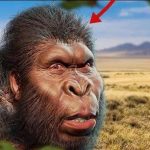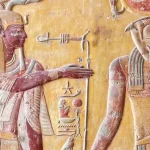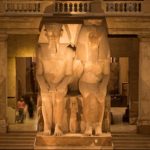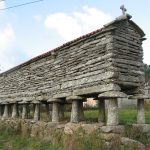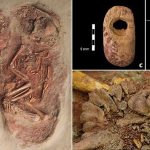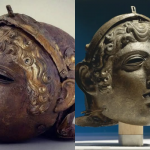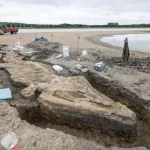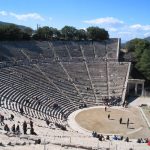Discovery and Significance of Moai Statues on Easter Island

In 1955, excavations on Easter Island revealed that the iconic Moai statues were not just massive heads, but rather full-bodied figures with intricate carvings buried beneath the earth. This discovery challenged the long-held belief that they were simply disembodied heads and provided new insights into the artistry and cultural significance of the Moai.
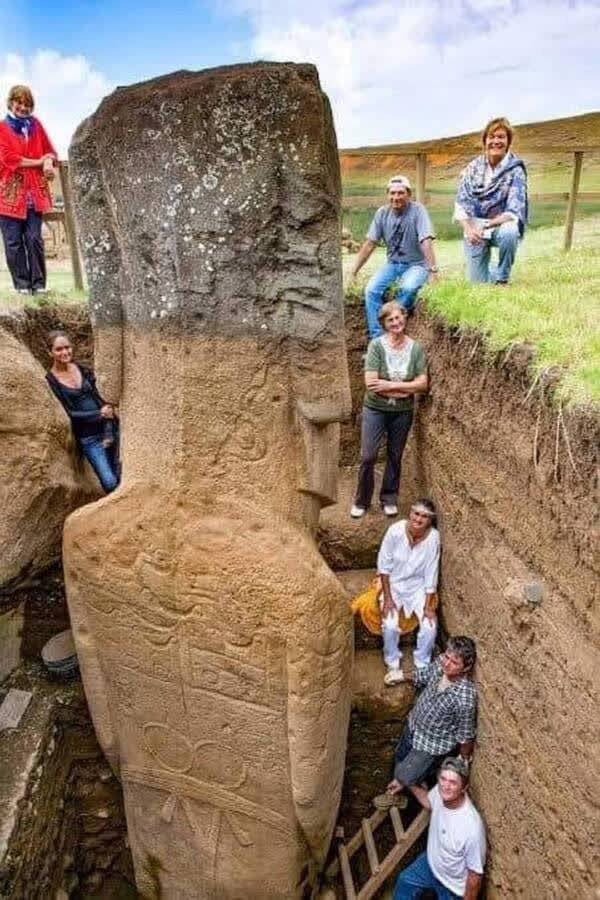
Prior to this discovery, the Moai were generally perceived as monumental heads, partially buried by erosion. However, excavations by archaeologists, including Jo Anne Van Tilburg, uncovered the full bodies of the statues, often buried under layers of soil and rubble. These buried bodies were found to be as elaborately carved as the visible heads, indicating a level of artistry and craftsmanship that was previously unknown.

This revelation changed the way the Moai were viewed, highlighting their full-bodied form and the complex artistry involved in their creation. The statues are now understood to be full-bodied figures, representing not just heads, but also torsos and limbs, albeit often partially buried. This discovery has significantly impacted the understanding of the Rapa Nui culture and the significance of the Moai as symbols of authority, power, and ancestral connection.

